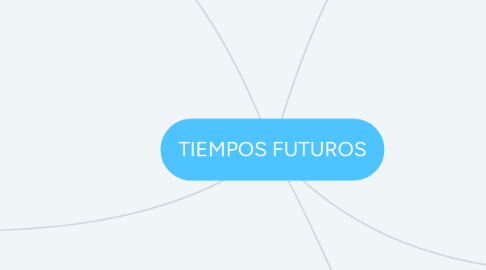TIEMPOS FUTUROS
by Francisco Silva


1. Ejemplos:
1.1. I am going to eat
1.2. I am not going to dance tonight
1.3. Are you going to dance tonight?
2. Ejemplos:
2.1. The party will [is going to] have ended by the time you finish work.
2.2. The party won’t [isn’t going to] have ended by the time you finish work.
2.3. Will [Is] the party [going to] have ended before you finish work?
3. Futuro Planificado
3.1. Estructure Affirmative: sujeto + verbo to be (conjugado en presente) + going to + verbo.
3.1.1. Interrogative: verbo to be (conjugado en presente) + sujeto + going to + verbo.
3.2. Estructure Negative: sujeto + verbo to be en negativo (conjugado en presente) + going to + verbo.
4. Futuro Perfecto
4.1. Estructure Affirmative: Sujeto + “will have” + participio pasado.
4.1.1. Sujeto + verbos auxiliar (to be) + “going to have” + participio pasado
4.2. Estructure Negative: Sujeto + “will” + “not” + “have” + participio pasado.
4.2.1. Sujeto + verbo auxiliar (to be) + “not” + “going to have” + participio pasado
4.3. Interrogative: “Will” + sujeto + “have” + participio pasado?
4.3.1. Verbo auxiliar (to be) + sujeto + “going to have” + participio pasado?
5. Existe una diferencia entre estas dos formas de expresar el futuro. Generalmente "to be + going to" se usa para acciones que van a suceder muy pronto o para expresar un plan que se tiene. "Will" se usa para expresar una promesa, una predicción o algo que se quiere hacer en el futuro.
6. Ejemplos:
6.1. I will be talking.
6.2. I will not [won’t] be talking
6.3. Will you be talking?
7. Ejemplos:
7.1. She will [She’ll] arrive late
7.2. She will not [won’t] arrive late.
7.3. Will she arrive late?
8. Futuro Simple
8.1. Estructure Affirmative: Sujeto + Will +Verbo Principal.
8.2. Estructure Negative: Sujeto + “will” + “not” + verbo principal.
8.3. Interrogative: “Will” + sujeto + verbo principal?
9. Futuro Continuo
9.1. Estructure affirmative: Sujeto + “will be” + verbo+ing.
9.1.1. Sujeto + verbo auxiliar (to be) + “going to be” + verbo+ing
9.2. Estructure Negative: Sujeto + “will” + “not” + “be” + verbo+ing.
9.2.1. Sujeto + verbo auxiliar (“to be”) + “not” + “going to be” + verbo+ing.
9.3. Interrogative: Verbo auxiliar “will” + sujeto + "be"+ verbo+ing.?
9.3.1. Verbo auxiliar (“to be”) + sujeto + “going to be” + verbo+ing.?
